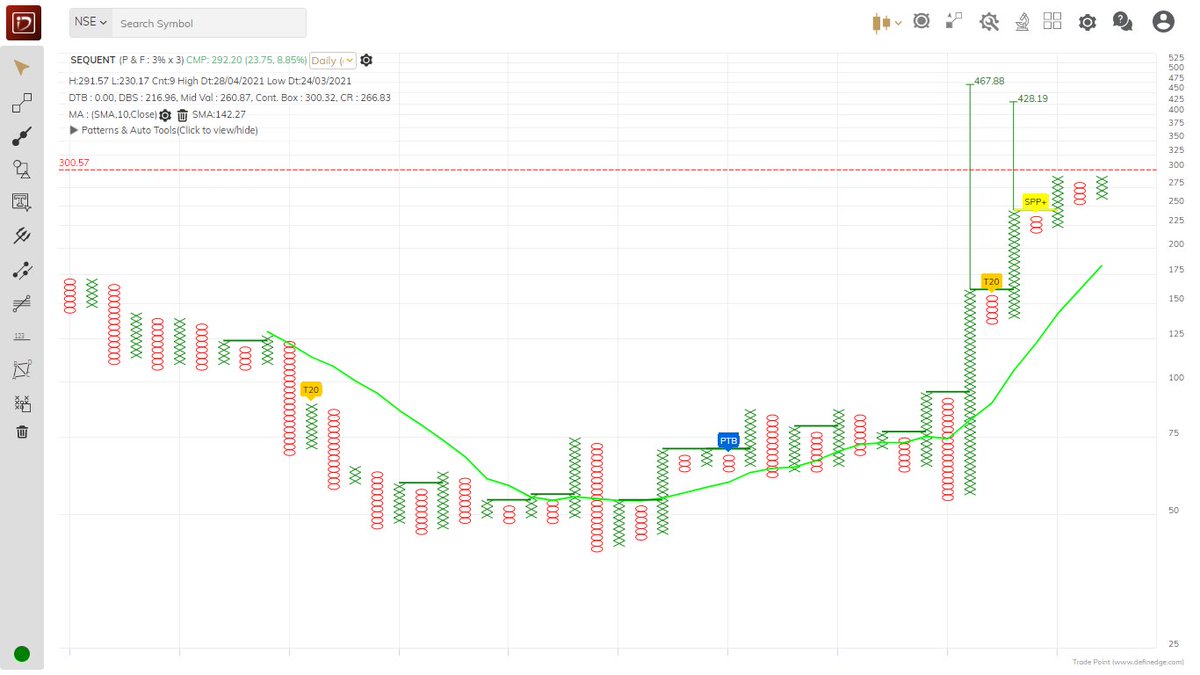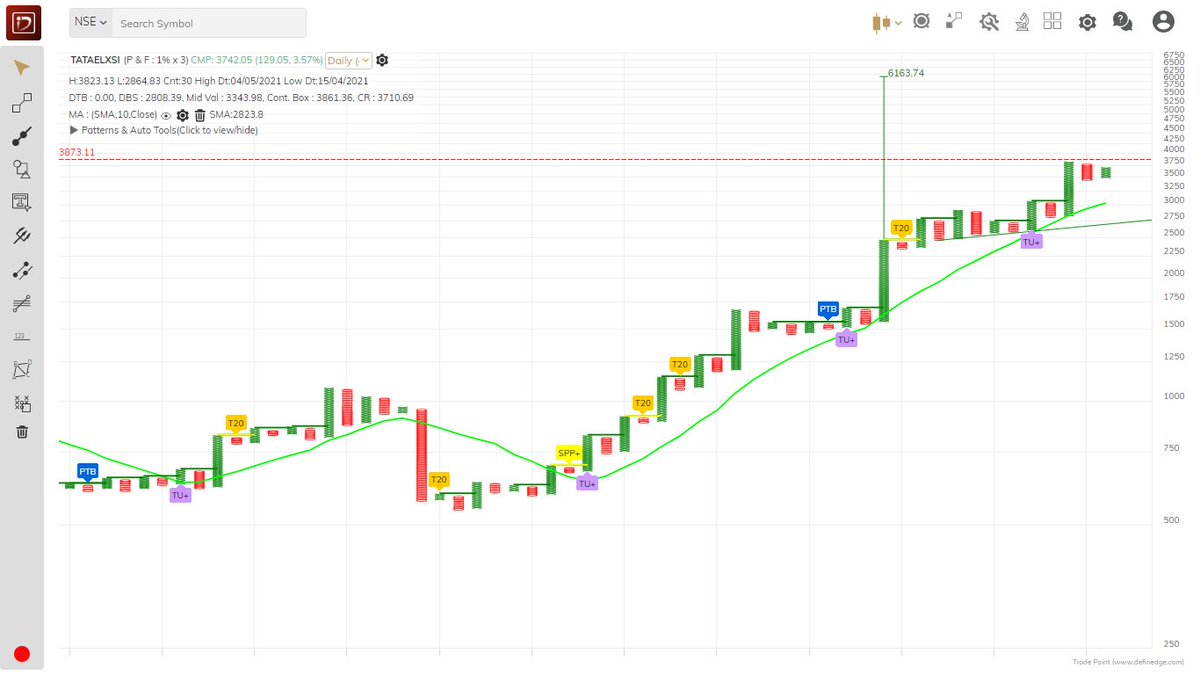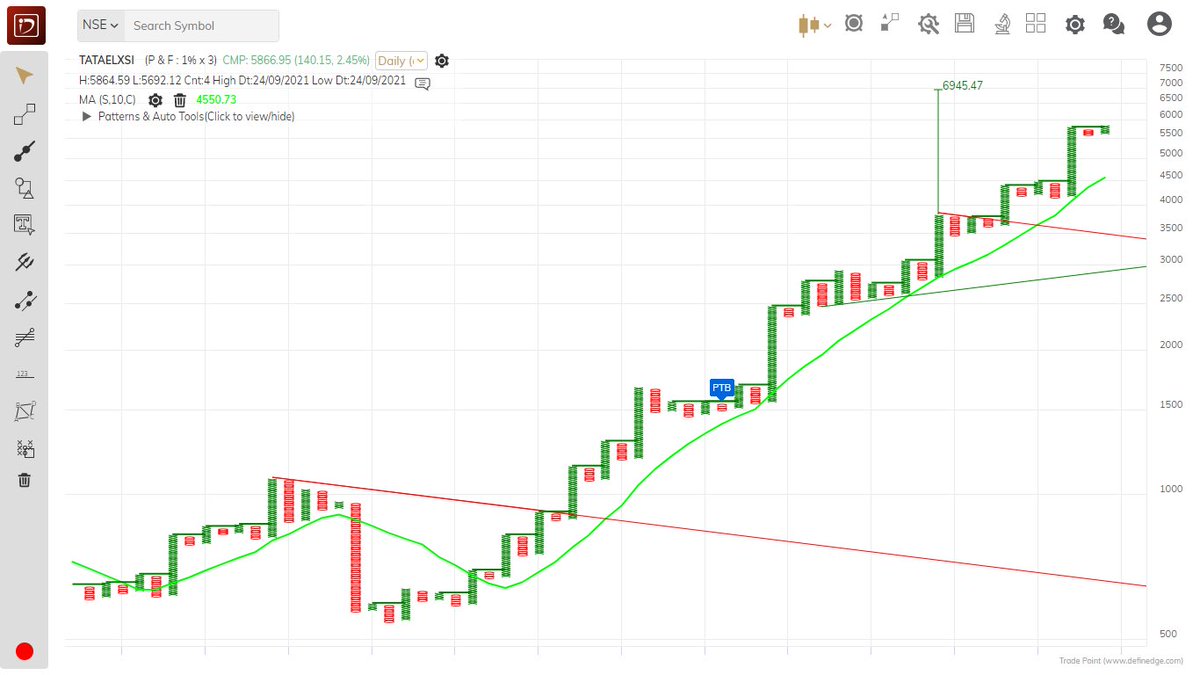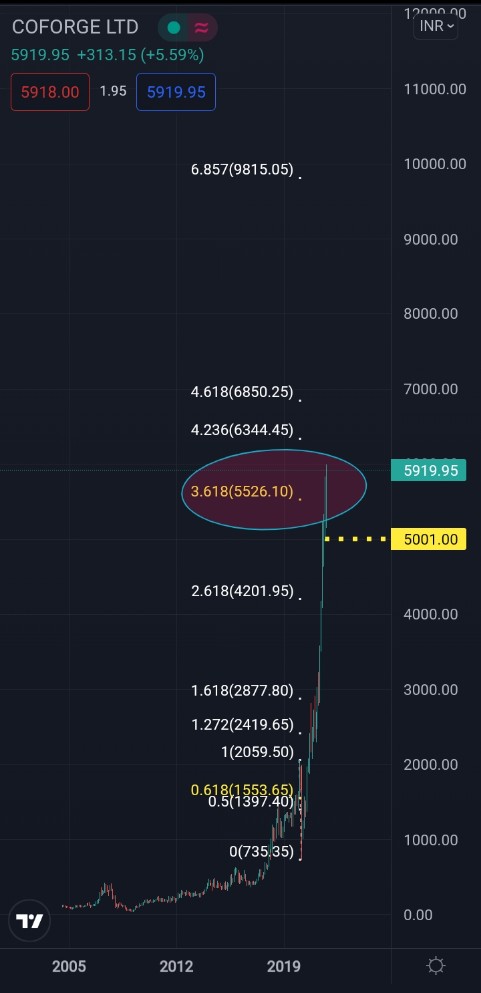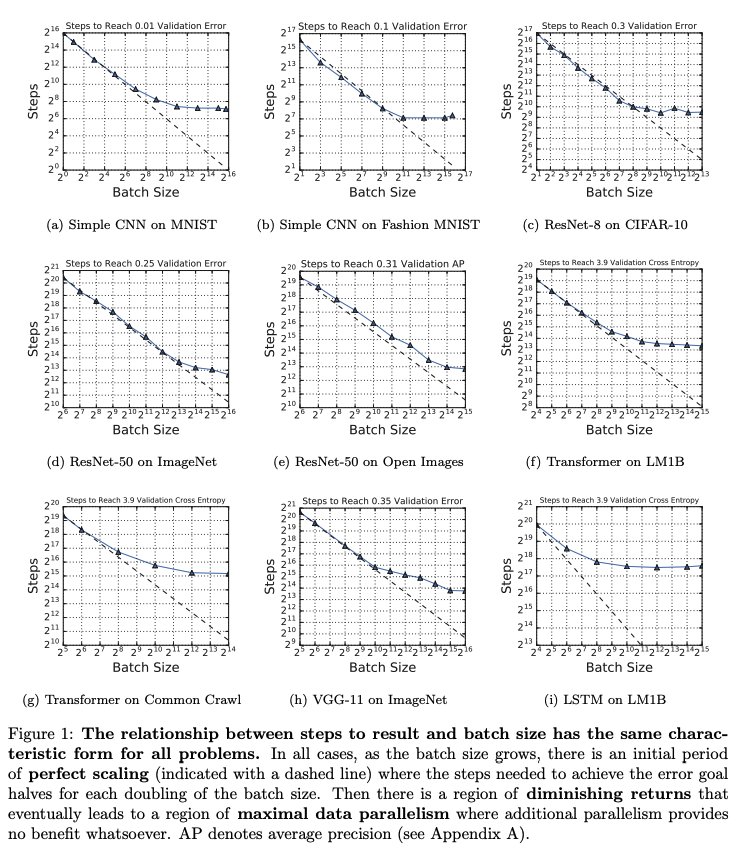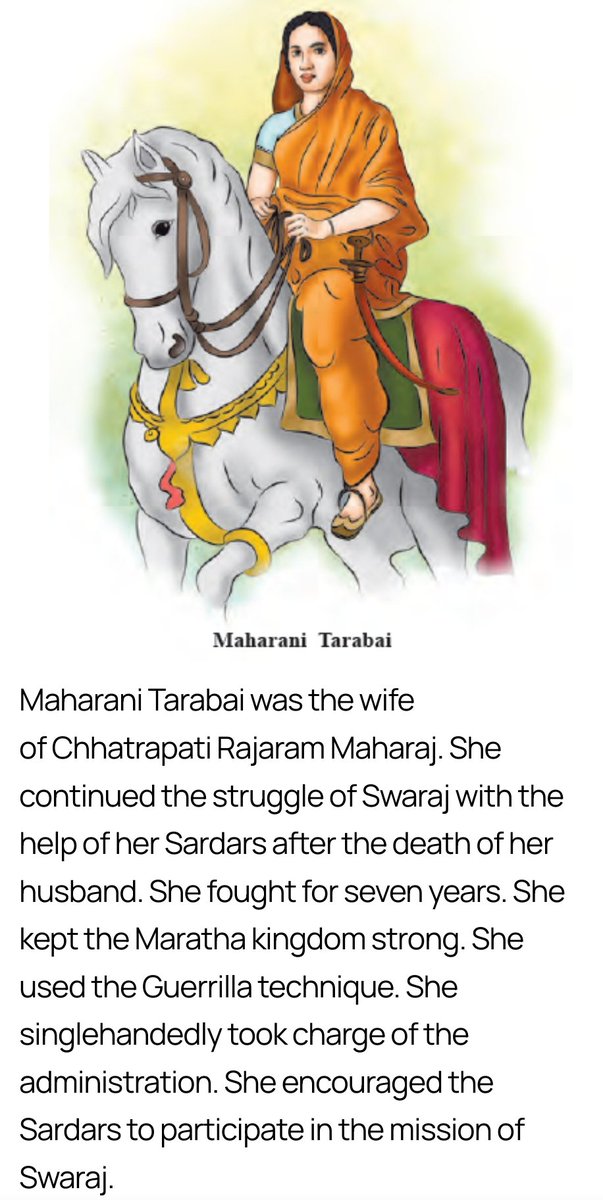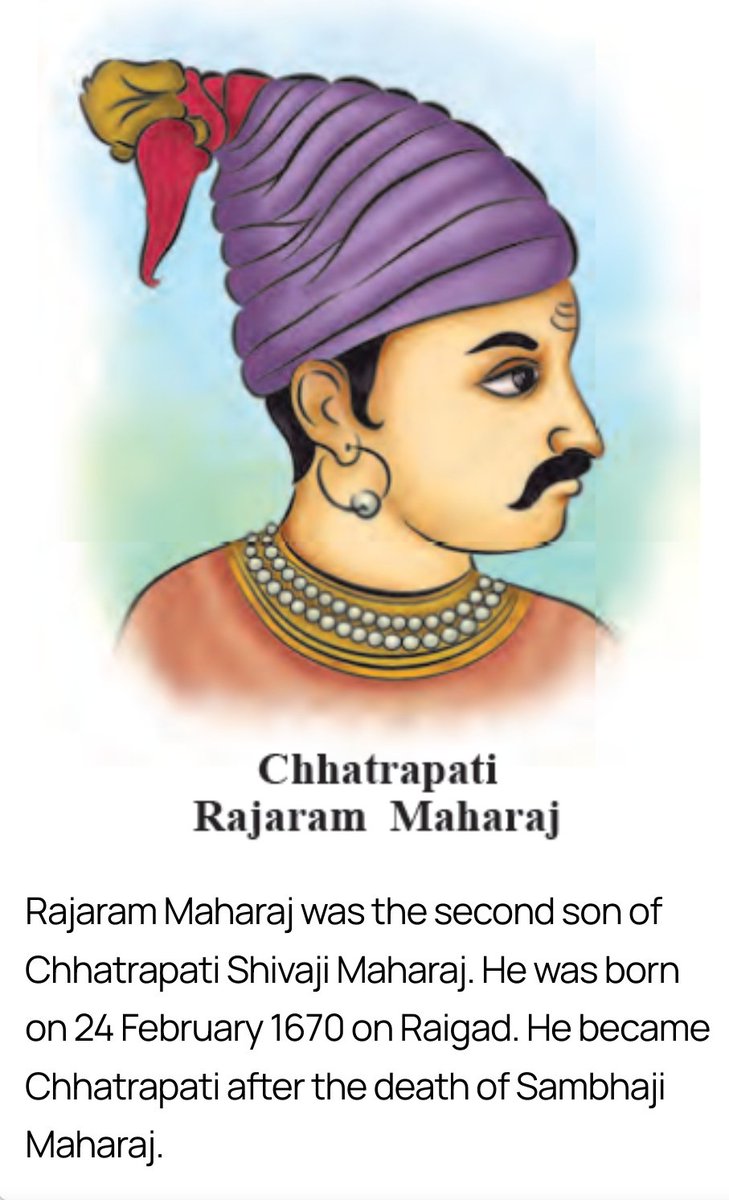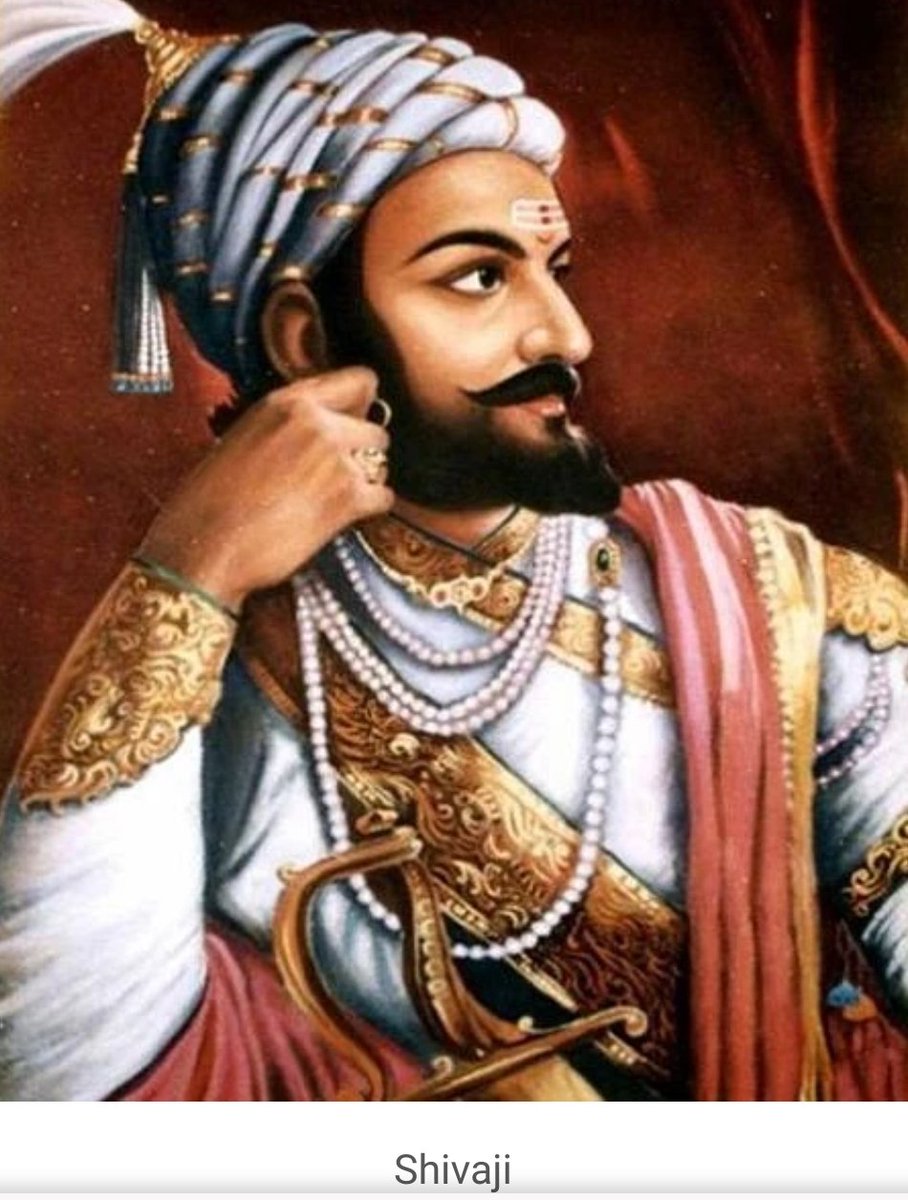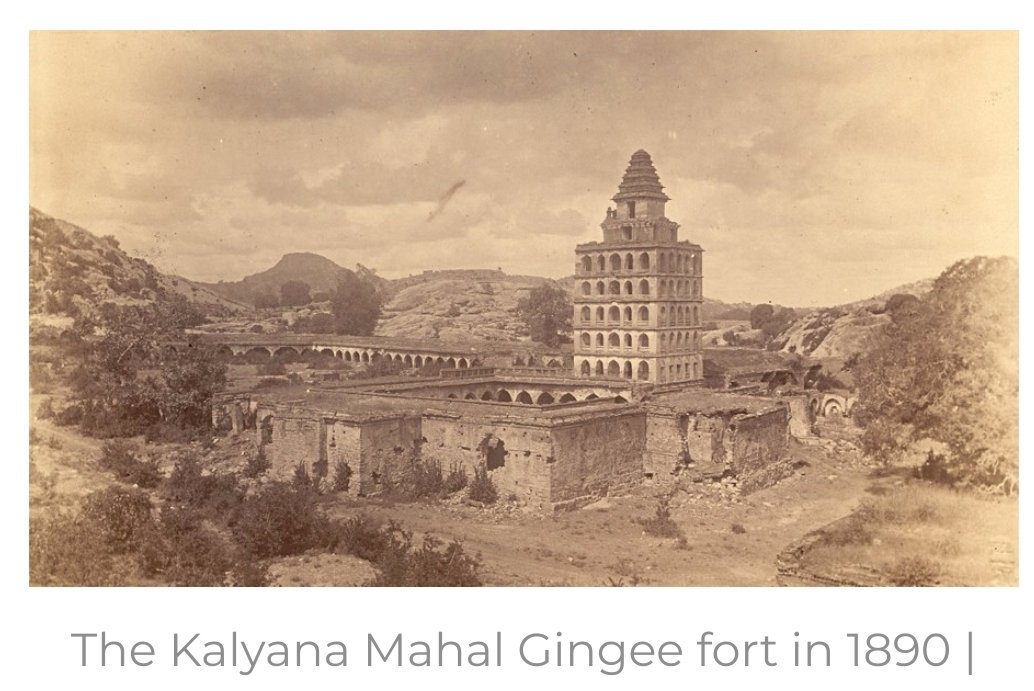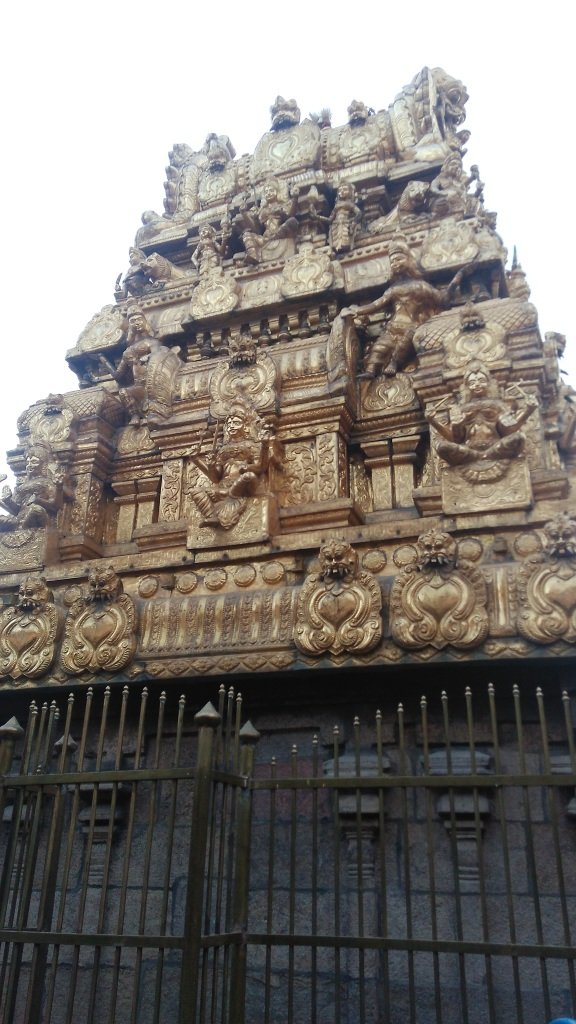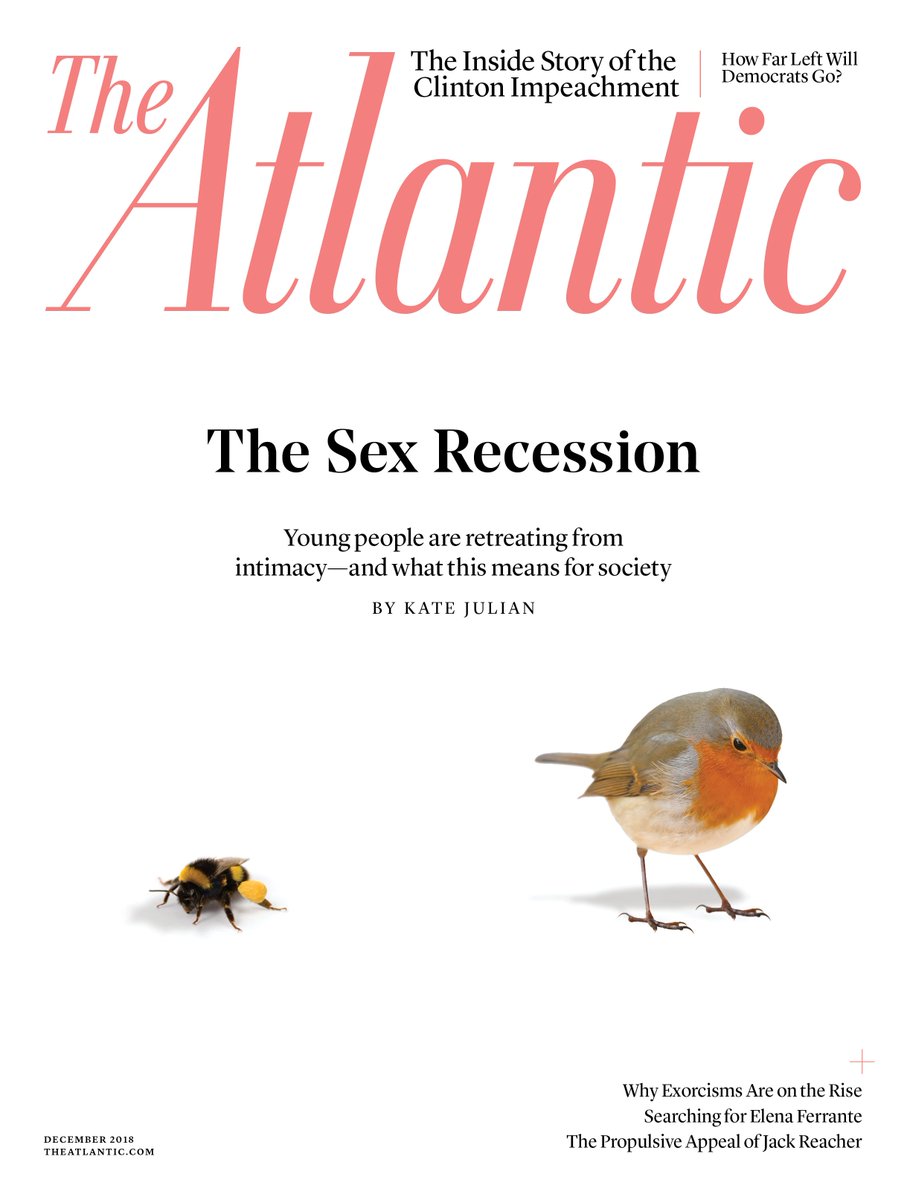COFORGE
Double Top Buy above 3426.76 daily close on 1% box size chart. https://t.co/geOoLAc5XU
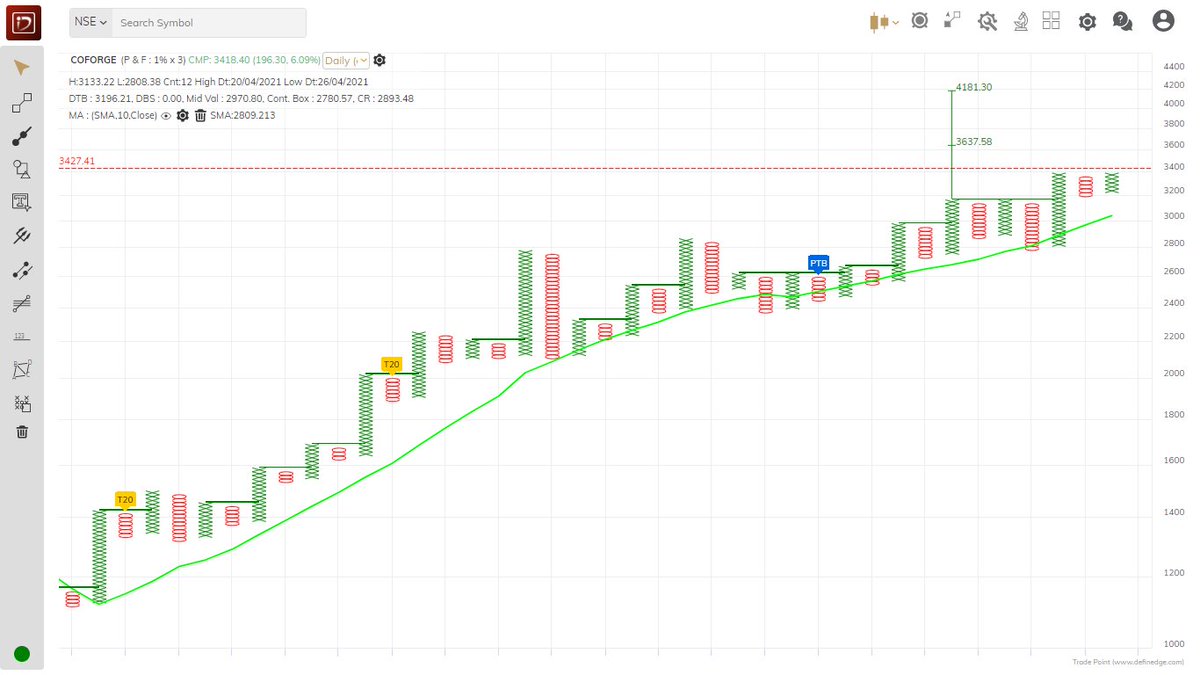
COFORGE
— Saket Reddy (@saketreddy) May 6, 2021
Triple Top Buy above 3196.21 daily close on 1% Box size chart & Double Top Buy above 3195.68 daily close on 3% Box size chart. https://t.co/RI62IqiBoL pic.twitter.com/jvTNSR7W7P
More from Saket Reddy
More from Coforge
COFORGE
Double Top Buy, T20 Pattern - Bullish & Super Pattern - Bullish above 5281.96 daily close on 3% Box size chart. https://t.co/Iib4z27kHh

Double Top Buy, T20 Pattern - Bullish & Super Pattern - Bullish above 5281.96 daily close on 3% Box size chart. https://t.co/Iib4z27kHh

COFORGE
— Saket Reddy (@saketreddy) May 11, 2021
Double Top Buy above 3426.76 daily close on 1% box size chart. https://t.co/geOoLAc5XU pic.twitter.com/jxuoAVefqi

